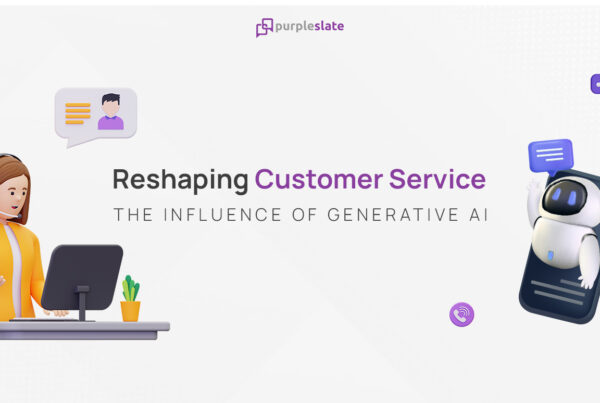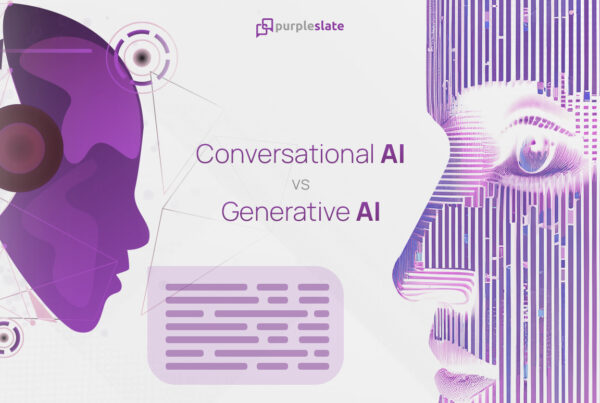
Introduction
Recently, the amount of data generated has increased significantly, thanks to the growing use of the internet of things (IoT) and smart devices. The data format has also diversified from traditional fixed data to current, less structured data, hence big data. So, what is big data? What are the types of big data? What features differentiate big data from traditional data? Join us as we provide an ultimate guide to big data in 2022.
Defining Big Data
Big data is a compilation of data that is large in volume and keeps growing exponentially with time. This type of data is so huge in complexity and size that traditional relational databases and data management tools cannot store or process it.
Big data comprises structured, unstructured, and semi-structured data. Therefore, it’s hard to manage it with typical databases. This data is often analyzed by companies using advanced data analytic tools to generate crucial insights that improve organizational decisions. So, as hard-to-manage, as it is, it provides immense value to an organization.
Types of Data
Data is classified into three major types:
Structured Data
This data type can be processed, accessed, and stored in a fixed format. Over the years, computer experts have successfully created techniques for handling structured data (where all its form is known in advance). They can generate value from it as well.
However, in the modern world, data often grows beyond this extent, with some companies generating billions of terabytes of data daily. The structured data can be stored in relational databases since its format is already known.
For instance, the data involving employee records can be classified into a traditional database table. The table may include fields like, Employee ID, Gender, Name, Department, and Salary.
Unstructured Data
Data can be in the form of unstructured data. The type of data that cannot be displayed in a tabular setting is called unstructured data. Unstructured data presents several challenges when processing it to generate value. For instance, the data may be from a heterogenous source that contains a mixture of images, videos, text files, and so on.
Modern organizations have access to enormous amounts of unstructured data. However, they lack the expertise to generate value from it because it is in raw format. As a result, companies hire data analysts to help them analyze unstructured data.
Semi-Structured Data
This type of big data contains structured and semi-structured data. People often confuse semi-structured data with structured data, but it’s different – it is not defined. For example, a table is defined in a relational database system.
5V’s that Determine the Characteristics of Big Data
So, what makes big data unique? Here are the 5 key features of big data:
1) Volume
As the name suggests, big data is large in size. Volume means that big data is generated in enormous amounts. Facebook alone generates 4 petabytes of data per pay. The large data volume is sourced from various sources, including social media, customer logs, financial transactions, and IoT devices. Processing and storing this volume of data made big data a challenge to deal with earlier. You might be wondering, how do companies manage this data volume? Well, distributed systems like Hadoop help easily organize data collected from various sources. With huge volume comes variety, bringing us to the second characteristic of big data.
2) Variety
Different data sources generate different types of data. Data may be in the form of audio, PDF files, video, text files, or images. With data sources changing over time, from computers to sensors, the data variety aspect of big data keeps growing. Earlier, data was only available in databases and spreadsheets. However, today, it is different, with devices generating a wide variety of data quickly, which brings us to the next feature of big data.
3) Velocity
The features of big data cannot be complete without mentioning velocity. To get large amounts of data, it must be produced at a fast rate. The rate of data generation is associated with how fast it will be processed. After processing and analysis, the data will meet the user or client’s demands. Large amounts of data are consistently generated from application and website logs, mobile devices, social media sites, and sensors.
4) Value
Out of the 5 characteristics of big data, value is arguably the most essential. Regardless of how fast or large data is generated, it must be useful and reliable. Otherwise, the generated data is not worth analyzing or processing.
Research shows that poor-quality data can result in ineffective decision-making and increased operational costs. Data science experts transform raw data into information. They then clean the data set to retrieve the valuable data. This data set is used to identify functional patterns that help inform company decisions.
5) Veracity
Veracity defines the level of data trustworthiness. Since 80 to 90% of data generated by companies is unstructured, it is crucial to filter out the irrelevant data and use the remaining for processing.
Conclusion
Big data is revolutionizing all sectors of the economy, from businesses, sales, and marketing to research and analytics. It has transformed the business strategies used by product-based and customer-based companies globally. In the modern era, you cannot afford to ignore the power of big data as it unveils the patterns that help identify areas of improvement and enhance customer experience. Check out our data glossary page for more interesting information.




